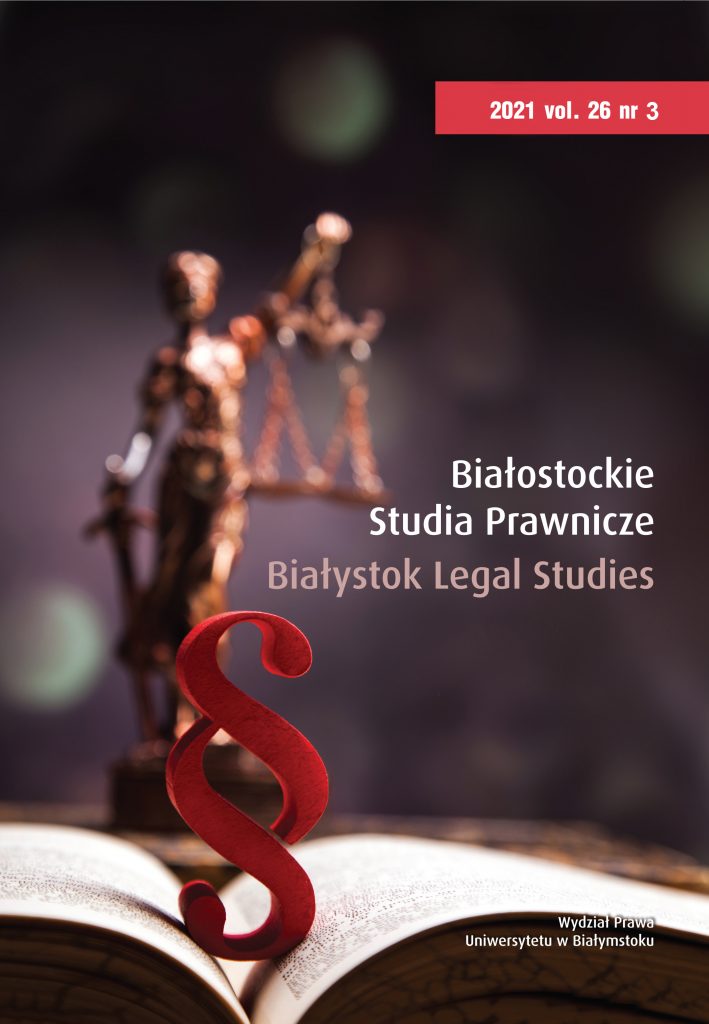Criminalizing Cybercrimes: Italian and Polish Experiences
Słowa kluczowe:
cybercrime, Italy, penal law, penal policy, PolandAbstrakt
The rapidly advancing development of technology has both positive and negative eff ects on society and its members. Moreover, legislation can be slow to catch up with reality. This also applies to any reaction of society to new forms of social deviance. There is typically a delay in the introduction of legislation which tries to give a legal framework to new technological developments. The authors have taken an exploratory approach, analysing changes in Italian and Polish penal law relating to cybercrime that have occurred in Italy and Poland so far. The timeline, pace, and scope of the processes of criminalization are presented for each country. Even though both legislators had and have the same goal, diff erences in the approach to achieving it are visible. The conclusions may lead to changes in the penal policies of both countries.Bibliografia
2020 Global Networking Trends Report, CISCO – https://www.cisco.com/c/dam/m/en_us/solutions/enterprise-networks/networking-report/files/GLBL-ENG_NB-06_0_NA_RPT_PDF_MOFUno-NetworkingTrendsReport-NB_rpten018612_5.pdf.
Adamski A., Przestępczość w cyberprzestrzeni. Prawne środki przeciw działania zjawisku w Polsce na tle projektu konwencji Rady Europy, Toruń 2001.
Benjamin V., Samtani S. and Chen H., Conducting large-scale analyses of underground hacker communities, (in:) T.J. Holt (ed.), Cybercrime Through an Interdisciplinary Lens, Abingdon 2017.
Flor R., Cyber-criminality: le fonti internazionali ed europee, (in:) A. Cadoppi, S. Canestrari, A. Manna, M. Papa (eds.), Trattato di Diritto penale – Cybercrime, Milan 2019.
Flor R., La legge penale nello spazio, fra evoluzione tecnologica e difficolta applicative, (in:) A. Cadoppi, S. Canestrari, A. Manna and M. Papa (eds.), Trattato di Diritto penale – Cybercrime, Milan 2019.
Flor R., Lotta alla “criminalita informatica” e tutela di “tradizionali” e “nuovi” diritti fondamentali nell’era di internet, (in:) Diritto penale contemporaneo, 20 settembre 2012. Grabosky P., Electronic crime, New Jersey 2007.
Grabosky P., Virtual Criminality: Old Wine in New Bottles? „Social & Legal Studies” 2001, no. 2.10.1177/a017405
Grzelak M. and Liedel K., Bezpieczeństwo w cyberprzestrzeni. Zagrożenia i wyzwania dla Polski – zarys problemu, „Bezpieczeństwo Narodowe” 2012, no. 22.
Kasprzak W.A., Ślady cyfrowe. Studium prawno-kryminalistyczne, Warsaw 2015.
Kwiatkowska E.M., Development of the Internet of Things - opportunities and threats, „Internetowy Kwartalnik Antymonopolowy i Regulacyjny” 2014, vol. 3, no. 8.
Lach A., Komentarz do art. 269a, (in:) V. Konarska-Wrzosek (ed.), Kodeks karny. Komentarz, wyd. III, Warsaw 2020 – https://sip.lex.pl/#/commentary/587715949/630826/konarska-wrzosek-violetta-red-kodeks-karny-komentarz-wyd-iii?cm=URELATIONS.
Lakomy M., Cyberprzestrzeń jako nowy wymiar rywalizacji i współpracy państw, Katowice 2015.
Pecorella C., Reati informatici, (in:) Enciclopedia del diritto - annali, Milan 2017.
Picotti L., Diritto penale e tecnologie informatiche: una visione d’insieme, (in:) A. Cadoppi, S. Canestrari, A. Manna, M. Papa (eds.), Trattato di Diritto penale – Cybercrime, Milan 2019.
Picotti L., La ratifica della Convenzione Cybercrime del Consiglio d’Europa. Profili di diritto penale sostanziale, “Diritto penale e processo” 2008, no. 6.
Pudełko M., Prawdziwa Historia Internetu, Piekary Śląskie 2013.
Wróbel W. and Zając D., Komentarz do art. 269a, (in:), W. Wróbel and A. Zoll (eds.), Kodeks karny. Część szczególna. Tom II. Część II. Komentarz do art. 212–277d, Warsaw 2017 – https://sip.lex.pl/#/commentary/587746553/543993/wrobel-wlodzimierz-red-zoll-andrzej-red-kodekskarny-czesc-szczegolna-tom-ii-czesc-ii-komentarz...?cm=URELATIONS.



